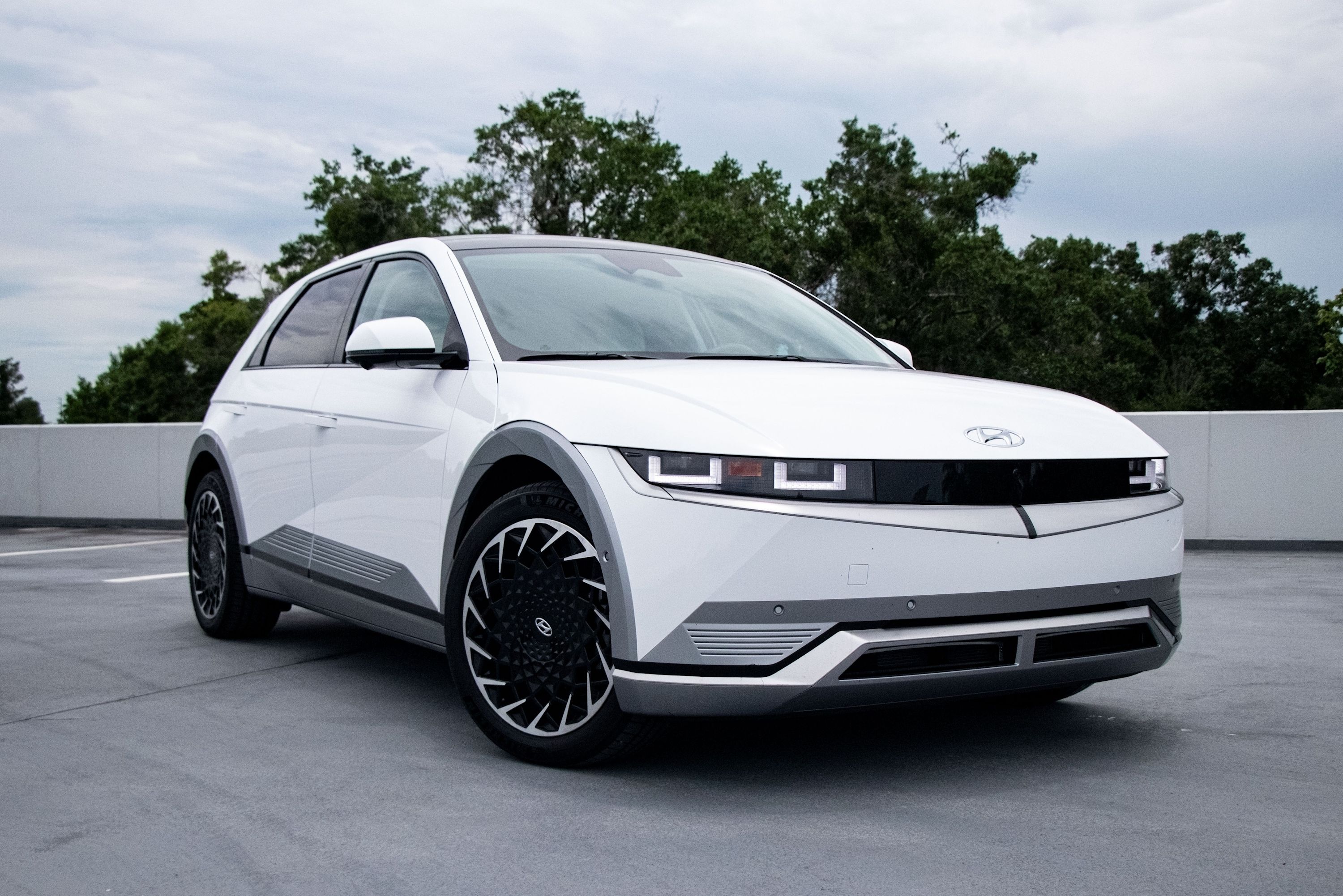
The Hyundai Ioniq 5 isn't set to go on sale in the US until this winter, but it's been available in Europe and South Korea for six months now. So far, the feedback has been excellent but this isn't stopping Hyundai from making improvements for the next model year. According to South Korean publication ET News, the carmaker is planning to launch an upgraded battery pack in those two markets that will increase range by over 10 percent.
At present, European and South Korean customers have a choice between either the standard 58 kWh battery or the more powerful 72.6 kWh unit. In the US, Ioniq 5 will only have a 77.4 kWh pack. The new battery overseas will have a 77.5 kWh capacity.
Hyundai simply has to increase the number of modules from 30 to 32 in order to generate the extra juice. Assuming this happens, these customers will have a new range of up to 304.5 miles instead of the current 268.2 miles. But again, this is merely a rumor for now. The report also claims Hyundai is planning to launch an over-the-air update to improve vehicle-to-grip functionality.
Beginning sometime in 2022, the Korea Electric Power Corporation will let Ioniq 5 owners to pump electricity from their cars into the national power grid. The update is also expected to include enhancements to the vehicle integrated control system, suspension, driver-assist systems, and even the airbags.
Again, we must remind everyone these OTA updates may not be ready in time for when the EV goes on sale here. Still, they may not need to be because the Ioniq 5 already has a lot going for it. Thanks to its standard powerful battery, owners should achieve a 300-mile range on rear-wheel-drive versions. Upgrading to all-wheel drive reduces that figure to an estimated 269 miles. The AWD Limited sees a further reduction to 244 miles. Single-motor examples will have a total of 225 horsepower and 258 lb-ft of torque while the dual-motor configuration increases that to 320 hp and 446 lb-ft.
It's way too early to know whether Hyundai is planning US market upgrades for 2023, but it's a good sign it's already doing so elsewhere.
